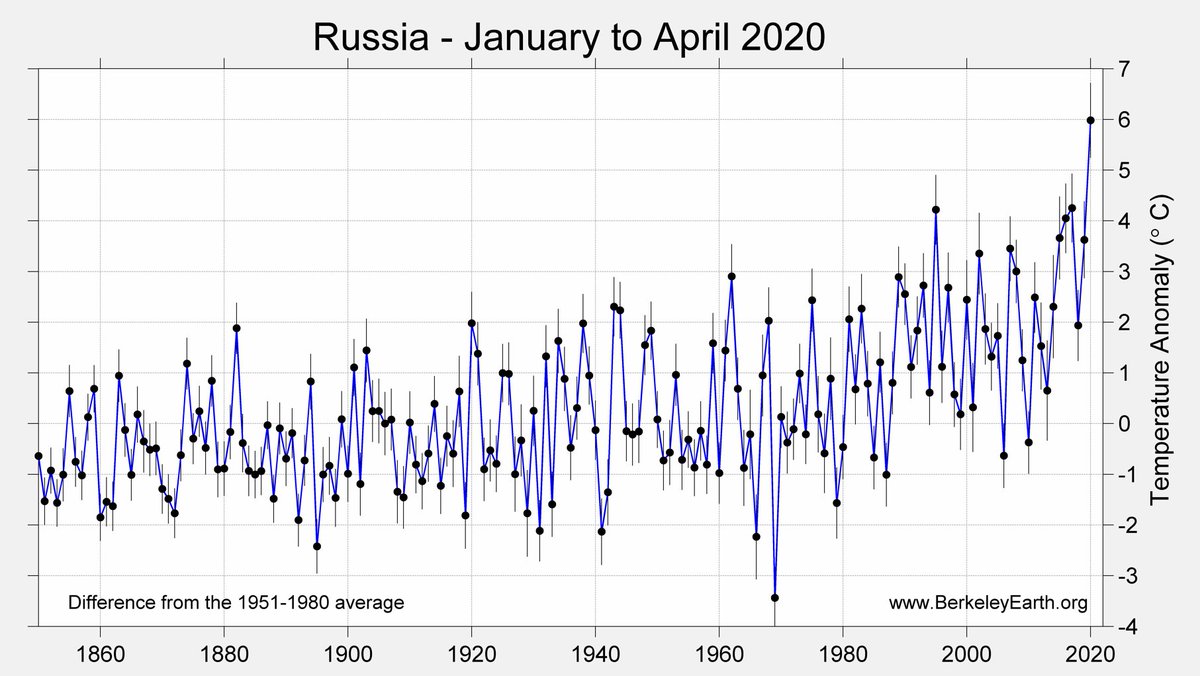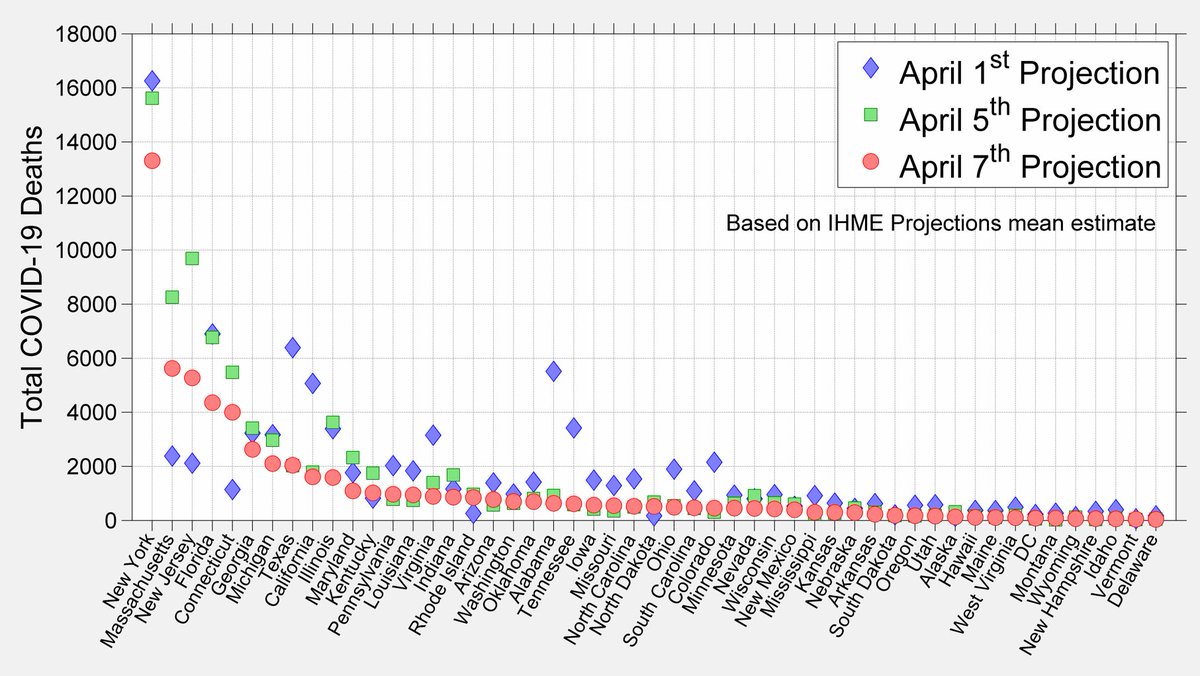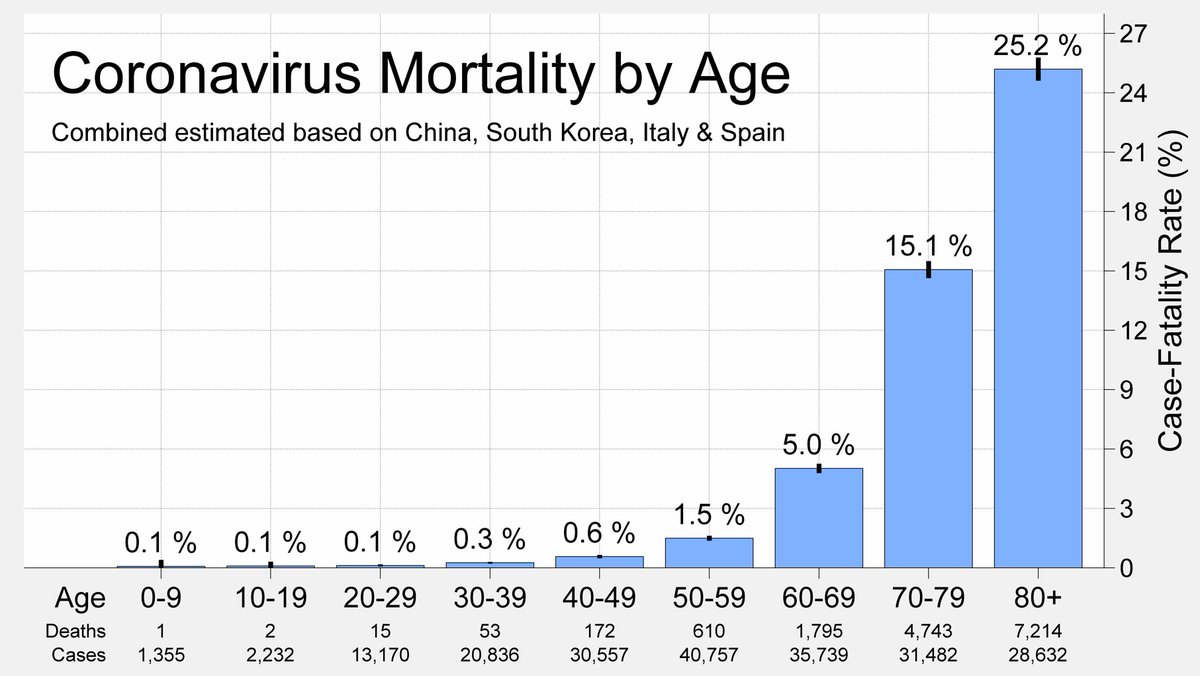
A bit of Sunday Twitter navel gazing.
Plot of scientists working on climate issues by their number of tweets and followers.
Verified accounts are circled. A somewhat random selection of extremal accounts have been labeled.
Plot of scientists working on climate issues by their number of tweets and followers.
Verified accounts are circled. A somewhat random selection of extremal accounts have been labeled.

For the above plot, I used the set of scientists working on climate issues from @KHayhoe's excellent list.
twitter.com/i/lists/105306…
twitter.com/i/lists/105306…
A few quick summary stats
3,135 Scientists
Number of followers
Median: 719
Mean: 2,066
Max: 171,387
Number of tweets
Median: 1,239
Mean: 4,649
Max: 307,513
In general, accounts with more tweets tend to have more followers. ~2/3 of accounts have more tweets than followers.
3,135 Scientists
Number of followers
Median: 719
Mean: 2,066
Max: 171,387
Number of tweets
Median: 1,239
Mean: 4,649
Max: 307,513
In general, accounts with more tweets tend to have more followers. ~2/3 of accounts have more tweets than followers.
There are 54 verified accounts on the scientist list
Number of followers
Median: 14,931
Mean: 30,333
Min: 862
Max: 171,387
Number of tweets
Median: 13,273
Mean: 25,142
Min: 356
Max: 132,916
Number of followers
Median: 14,931
Mean: 30,333
Min: 862
Max: 171,387
Number of tweets
Median: 13,273
Mean: 25,142
Min: 356
Max: 132,916
In addition to far more followers than average, verified accounts have tended to send far more tweets than average, crowding the top right corner of the graph.
Though only 1.7% of these scientists are verified, such accounts made 9.3% of tweets in this group.
Though only 1.7% of these scientists are verified, such accounts made 9.3% of tweets in this group.
Accounts with very high numbers of followers are more likely to be verified.
All 7 scientists on this list with over 70,000 followers are verified, as are 12 of the 15 most followed:
Scientists above 20,000 followers are verified more often than not.
All 7 scientists on this list with over 70,000 followers are verified, as are 12 of the 15 most followed:
https://twitter.com/RARohde/status/1329401132712648705
Scientists above 20,000 followers are verified more often than not.
However, there are also verified accounts with relatively few followers, including 10 verified accounts in this group with <5,000 followers.
Some, like @McKelvieWard25, have rather unusual real-world credentials for increasing notability.
Some, like @McKelvieWard25, have rather unusual real-world credentials for increasing notability.
Before I wrap up this bit of Sunday silliness, I want to mention that I also recently wrote another thread highlighting some of the excellent scientists who have over 20,000 followers but haven't yet been verified by Twitter.
https://twitter.com/RARohde/status/1334862553080590336
• • •
Missing some Tweet in this thread? You can try to
force a refresh












